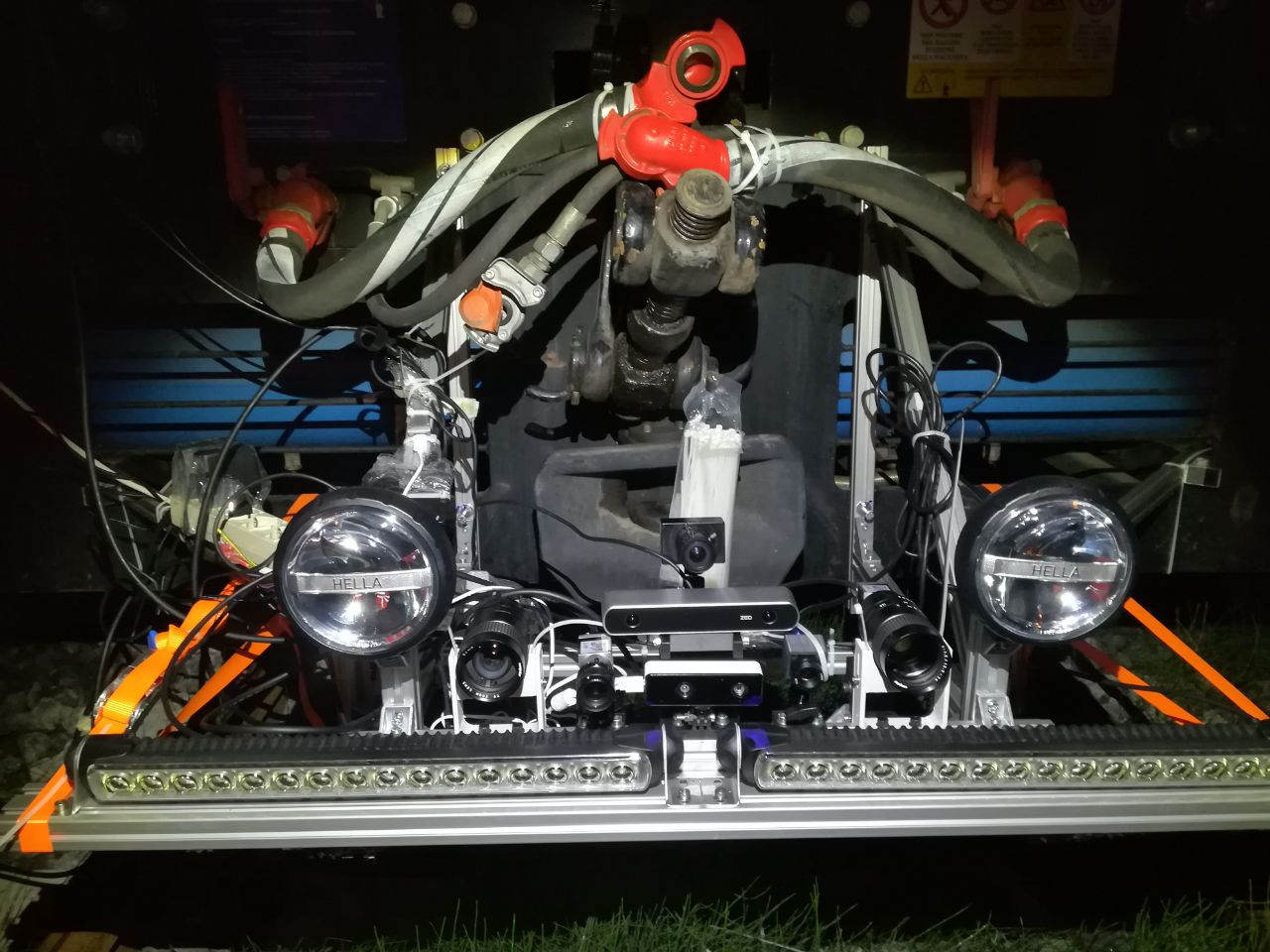The project stipulated between CINI (AImageLab UNIMORE node) and RFI comes from the necessity to be able to supervise the railway lines in regime of interruption for monitoring and controlling of the freedom of the railway bed before the reactivation of the circulation. In temporary or periodical construction sites, there is the risk at the time of the return of traffic that mobile equipment and/or structures may be inadvertently left out of position, thus posing a material risk to the circulation of rolling stock.
Currently the IPC identifies in the 'Holder of the Interruption' the responsible for the ascertainment of the freedom of the railway bed where the activities have been carried out. The person responsible should therefore ensure that the seat of the railway is free of persons, equipment, vehicles or other obstacles and that the normal safety features of the infrastructure are restored. Where IT is unable to do so in person, it may have recourse to a specially appointed agent who, by means of a registered communication, confirms that the investigation has been carried out.

The need is to replace the online visit with a light drone circulating on the track, able to verify the freedom of the Minimum Profile of Obstacles (PMO) after the end of construction work or before the reactivation of the line. The drone, in case of detection of objects/materials in silhouette, identifies the progressive and gives communication to the escort agent to allow the immediate removal.
The objective of the research project is to detect and recognise obstacles with a minimum size of 20 cm.
- High speed: up to 100 km/h. This is the speed of the light drone on which the artificial vision system will be installed. Such a high speed makes it necessary to use high frame rate cameras to process the space around the drone on multiple frames, both in the area in front of the drone (on the tracks) and in the surrounding area.
- Night inspection: this requires thermal or IR cameras in the absence of line lighting or an active lighting system using headlights, so to obtain sufficient illumination of the area to be monitored.
- Processing of high resolution images: images with multiple resolutions to try analyzing the space in front up to a distance of not less than 200 meters.
- Processing in real time. The artificial vision system shall operate in real time and generate alarms against any obstacle and/or anomaly encountered. If the detection of a given obstacle or anomaly occurs with a certain degree of uncertainty, it shall be possible to generate even a warning, which shall be appropriately classified so as to be able to discriminate against any false alarms. New generation embedded solutions using GPU cards or FPGA solutions will have to be evaluated.

Duration: 28/01/2019 - 28/01/2020
Funded by: Rete Ferroviaria Italiana
Project type: Ricerca









